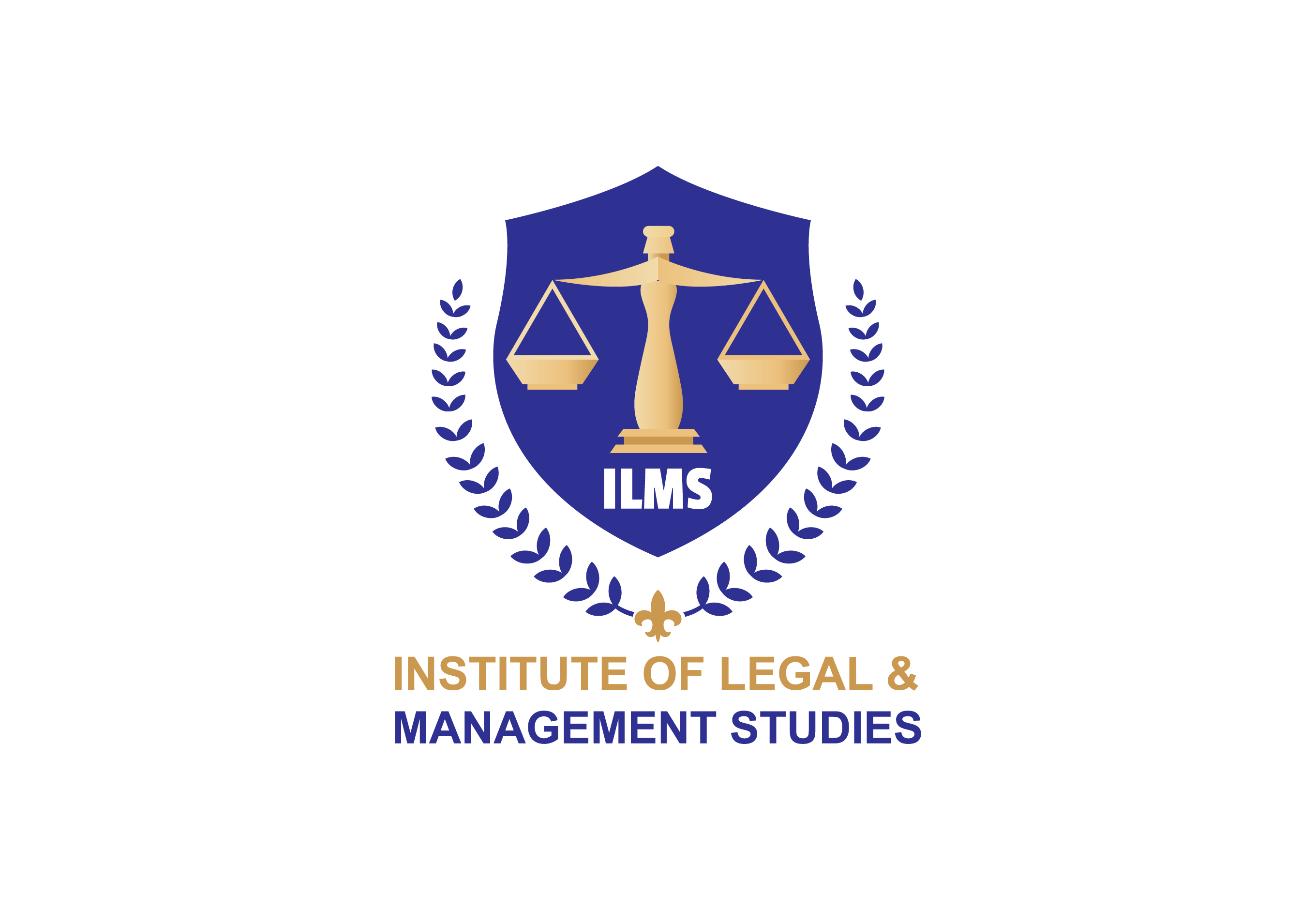Table of Contents
- Introduction
- Meaning and Explanation
- Rationale Behind the Maxim
- Application in Legal Interpretation
- Illustrative Examples
- Relevant Case Laws
- Conclusion
Introduction
Legal interpretation is one of the most crucial aspects of the judiciary, ensuring that laws, contracts, and statutes serve their intended purpose. The principle Ut Res Magis Valeat Quam Pereat is a guiding rule that favors giving legal instruments efficacy over invalidation. This doctrine ensures that laws are applied constructively rather than being struck down due to minor technicalities or ambiguities.
Certificate Course in Labour Laws Certificate Course in Drafting of Pleadings Certificate Programme in Train The Trainer (TTT) PoSH Certificate course in Contract Drafting Certificate Course in HRM (Human Resource Management) Online Certificate course on RTI (English/हिंदी) Guide to setup Startup in India HR Analytics Certification Course
Meaning and Explanation
The Latin maxim Ut Res Magis Valeat Quam Pereat translates to “It is better for a thing to have effect than to be made void.” It means that when interpreting statutes, contracts, or any legal documents, courts should prefer interpretations that uphold their enforceability rather than render them ineffective or void.
This principle aims to ensure that the intent behind legal instruments is preserved and given effect rather than dismissed due to literal misinterpretation or excessive rigidity in legal application.
Rationale Behind the Maxim
The rationale behind this maxim is rooted in the fundamental principles of justice and legal certainty. Courts are responsible for upholding legislative and contractual intentions, ensuring that laws serve their societal purpose rather than being negated due to minor defects. The maxim prevents judicial inefficiency and unnecessary litigation by encouraging a pragmatic and purposeful approach to legal interpretation.
Application in Legal Interpretation
The maxim Ut Res Magis Valeat Quam Pereat finds application in various legal contexts, including:
Statutory Interpretation – When courts interpret statutes, they strive to preserve their legislative intent. If a statute can be interpreted in multiple ways, the one that upholds its enforceability is preferred.
Contractual Interpretation – When contracts contain ambiguous clauses, courts prefer interpretations that make the contract valid rather than rendering it void.
Constitutional Law – This principle is frequently applied in constitutional interpretation to uphold the functionality of provisions rather than striking them down as void unless absolutely necessary.
Judicial Decisions – When analyzing past judgments, courts often interpret precedents in a way that maintains judicial coherence rather than creating contradictions that could nullify prior rulings.
Certificate Course in Labour Laws Certificate Course in Drafting of Pleadings Certificate Programme in Train The Trainer (TTT) PoSH Certificate course in Contract Drafting Certificate Course in HRM (Human Resource Management) Online Certificate course on RTI (English/हिंदी) Guide to setup Startup in India HR Analytics Certification Course
Illustrative Examples
To better understand how this maxim is applied, consider the following examples:
Example 1: Contract Law
Suppose a business agreement between two parties contains a minor drafting error, but the overall intent of the contract is clear. A strict interpretation that invalidates the entire contract would be unfair. Applying Ut Res Magis Valeat Quam Pereat, the court would uphold the contract and interpret it in a manner that gives effect to the original intention of the parties.Example 2: Statutory Interpretation
A law requires that a certain document be signed by three witnesses. If only two witnesses have signed but the intent and execution of the document remain valid, the court may apply this principle to hold the document valid rather than nullifying it due to a minor procedural flaw.Example 3: Constitutional Law
If a constitutional provision appears vague or seemingly conflicting with another provision, courts apply this maxim to interpret it in a way that preserves its effect and harmonizes it with the rest of the Constitution, rather than declaring it void outright.
Relevant Case Laws
Several judicial pronouncements have upheld the principle of Ut Res Magis Valeat Quam Pereat. Some notable examples include:
Heydon’s Case (1584) – This landmark case laid the foundation for the purposive approach to statutory interpretation, emphasizing that laws should be construed in a way that gives effect to their purpose rather than nullifying them.
K.P. Varghese v. Income Tax Officer (1981 AIR 1922, SC) – The Supreme Court of India held that laws should be interpreted to promote their objectives rather than frustrate their purpose.
Shailendra Bhardwaj v. Chandra Pal (2015) – The Indian Supreme Court reaffirmed that procedural lapses should not render legal instruments void if their substance remains valid and enforceable.
Nand Lal Misra v. Kanhaiya Lal (1969 AIR 1345, SC) – In this case, the Supreme Court ruled that a will should be given effect even if minor formalities were overlooked, provided the testator’s intent was clear.
Conclusion
The legal maxim Ut Res Magis Valeat Quam Pereat is a cornerstone of legal interpretation, ensuring that laws, contracts, and judicial decisions retain their intended effect rather than being negated due to minor flaws. This principle fosters legal certainty, promotes justice, and upholds legislative intent, making it a fundamental doctrine in judicial reasoning.
By applying this maxim, courts strive to uphold the rule of law while avoiding unnecessary invalidation of legal instruments, thus contributing to a more pragmatic and effective legal system.
Certificate Course in Labour Laws Certificate Course in Drafting of Pleadings Certificate Programme in Train The Trainer (TTT) PoSH Certificate course in Contract Drafting Certificate Course in HRM (Human Resource Management) Online Certificate course on RTI (English/हिंदी) Guide to setup Startup in India HR Analytics Certification Course
Certificate Course in Labour Laws
Certificate Course in Drafting of Pleadings
Certificate Programme in Train The Trainer (TTT) PoSH
Certificate course in Contract Drafting
Certificate Course in HRM (Human Resource Management)
Online Certificate course on RTI (English/हिंदी)
Guide to setup Startup in India
HR Analytics Certification Course
